We’ve just seen the biggest US intervention in a foreign market in years and it happened in the middle of a government shutdown. Argentina didn’t just get a bailout. It got a guardian.
The Mechanics: How the Money Moved Without Congress
Officially, this isn’t a bailout. Washington calls it a currency-swap arrangement between the US Treasury’s Exchange Stabilization Fund (ESF) and Argentina’s central bank (BCRA). But in reality, it works like as one.
The first half, USD20 billion, is a swap line. Argentina deposits Pesos with the US Treasury and can borrow Dollars against them. The Treasury can do this without congressional approval all thanks to the ESF’s discretionary authority, a relic of 1930s crisis law.
The second half, another USD20 billion, was privately raised. The US Treasury acted as a matchmaker. It lined up capital from sovereign wealth funds and US-aligned banks to support Argentina’s debt and reserves. Technically it is market funding but politically guaranteed.
That is how the money moved during a shutdown. It never went through Congress. It never hit a spending bill. It never risked a veto!
Check out our October 2025 Macro Brief: “Power gained, independence lost.”
The Motive: Why Washington Cares
On paper, Argentina’s crisis is economic. In reality however – it is strategic.
Lithium, shale and rare earths make Argentina critical to the energy transition supply chain. Its Vaca Muerta gas field and vast lithium triangle reserves are exactly the assets Washington doesn’t want drifting towards Chinese influence.
Beijing already had a swap line with Argentina, plus deep mining stakes. The US saw an opportunity and a like-minded partner in Milei. The result? A financial firewall to keep Argentina inside the Western orbit.
Would Washington have stepped in this deeply for anyone else? Unlikely.
There’s also the ideological factor. Milei and Trump are political kin. The White House has been explicit that this deal rewards a “pro-market, pro-liberty government” and is meant to strengthen Milei’s reform programme ahead of elections.
Backlink to September 2025 Macro Brief: “The US is stepping in with a bailout-sized swap line.”
The Politics: Bypassing Congress, Buying Influence
The Exchange Stabilization Fund sits in a grey zone of US law. It is one of the few financial tools a Treasury Secretary can deploy without a congressional vote. It is meant for FX stabilisation, not political rescue. Yet that’s exactly how it’s being used.
Democratic lawmakers have already accused the administration of “economic colonialism” by prioritising a foreign ally during a domestic shutdown. Republicans call it pragmatism – a low-risk, high-leverage way to keep South America from spinning further into China’s orbit.
Either way, the precedent is extraordinary. Washington has effectively placed itself inside Argentina’s central bank operations. Monetary sovereignty now comes with an asterisk.
The Price: Stability at the Cost of Autonomy
The US package buys time but not transformation. Argentina’s Peso is steady again, reserves have ticked up and the IMF’s tone has softened. But the trade-off is clear – financial sovereignty for political alignment.
Every intervention, every Dollar sold, now depends on Washington’s consent. What began as a stabilisation deal has become an instrument of policy influence and, potentially, a test run for US financial statecraft elsewhere.
The China Connection: A Silent Rivalry
But there is another layer to this story… Argentina’s RMB130 billion swap line with the People’s Bank of China remains active but it is effectively dormant. For years it was the country’s emergency valve. It was a way to draw Yuan, convert to Dollars and repay the IMF when reserves ran dry.
Now it sits in the background, overshadowed by Washington’s USD40 billion anchor. In practice, Buenos Aires has traded one dependency for another. The Chinese swap line still exists but the US Treasury now holds all the strings.
The geopolitical subtext is clear. Beijing funded survival. Washington funded realignment.
Final Take
Argentina is stable again but it is definitely not free.
The question now isn’t why Washington saved Argentina. The question is: what does it expect in return?
